About the Project
Proposed Site Plan and Project Details
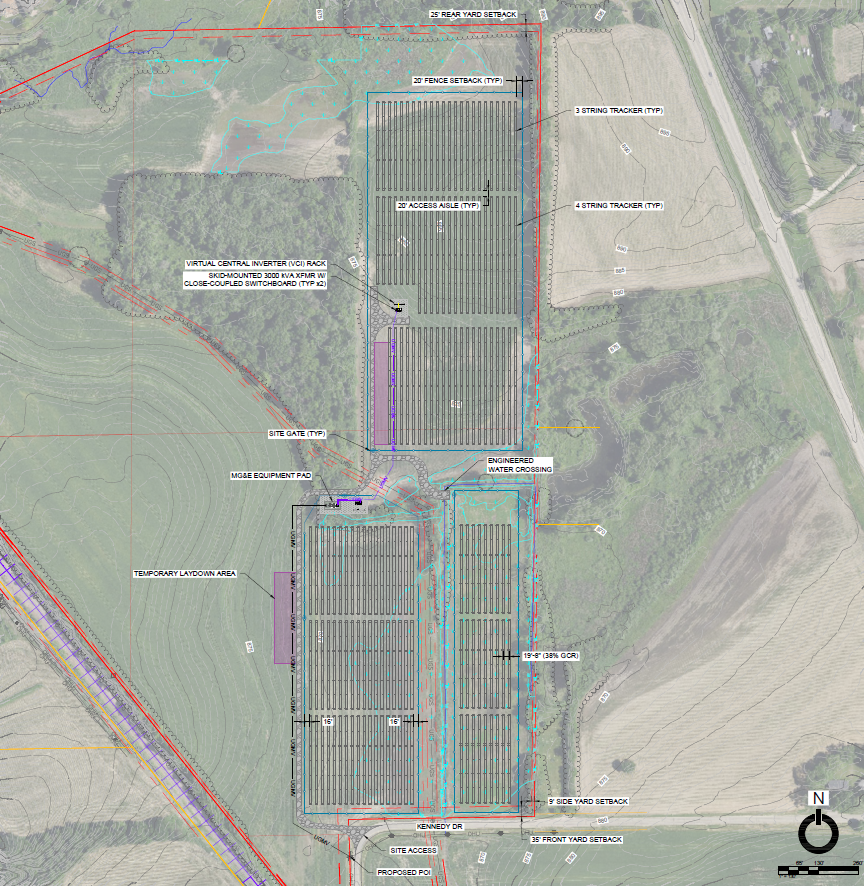
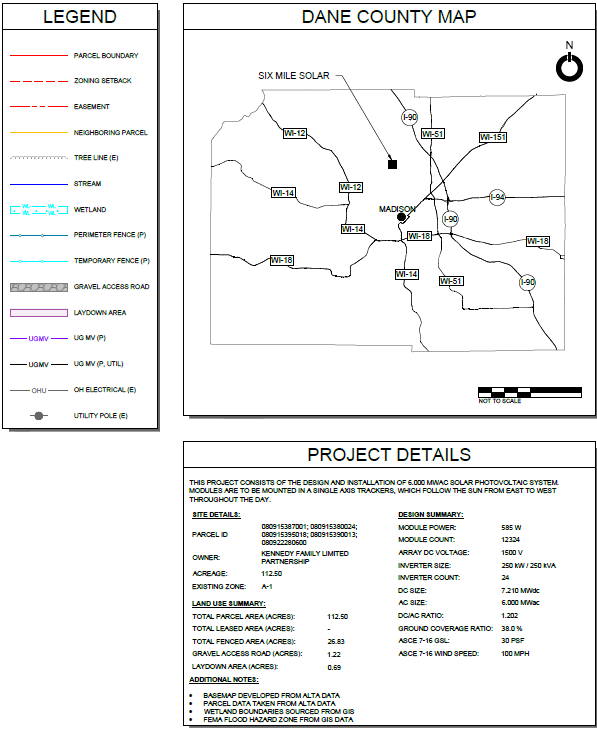
Project Overview
Six Mile Solar is located within the Village of Waunakee, Dane County.
The project will be 6 megawatts (MW) in size and will occupy about 30 acres. Every year the project will produce approximately 12,600,000 kilowatt hours (kWh), enough electricity to power nearly 1,600 average Wisconsin homes, or power roughly 50 homes per acre. The project will interconnect to the existing electric distribution lines that run along Kennedy Drive and provide electricity to Madison Gas & Electric load in the immediate area.
The area beneath and around the panels will be planted to a low-growing perennial pollinator mix featuring native plants, flowers, grasses, and forbs across the entirety of the project, providing habitat for bees, butterflies, insects, birds, and other small wildlife. The project area will be fenced within an 8’ tall deer-exclusion style fence, similar to what one might find around an orchard.
When the Project is decommissioned, all infrastructure will be removed and the site restored to pre-development conditions for continued agricultural use with rested and restored soils, per our lease with the landowner and the decommissioning plan submitted to Village of Waunakee.
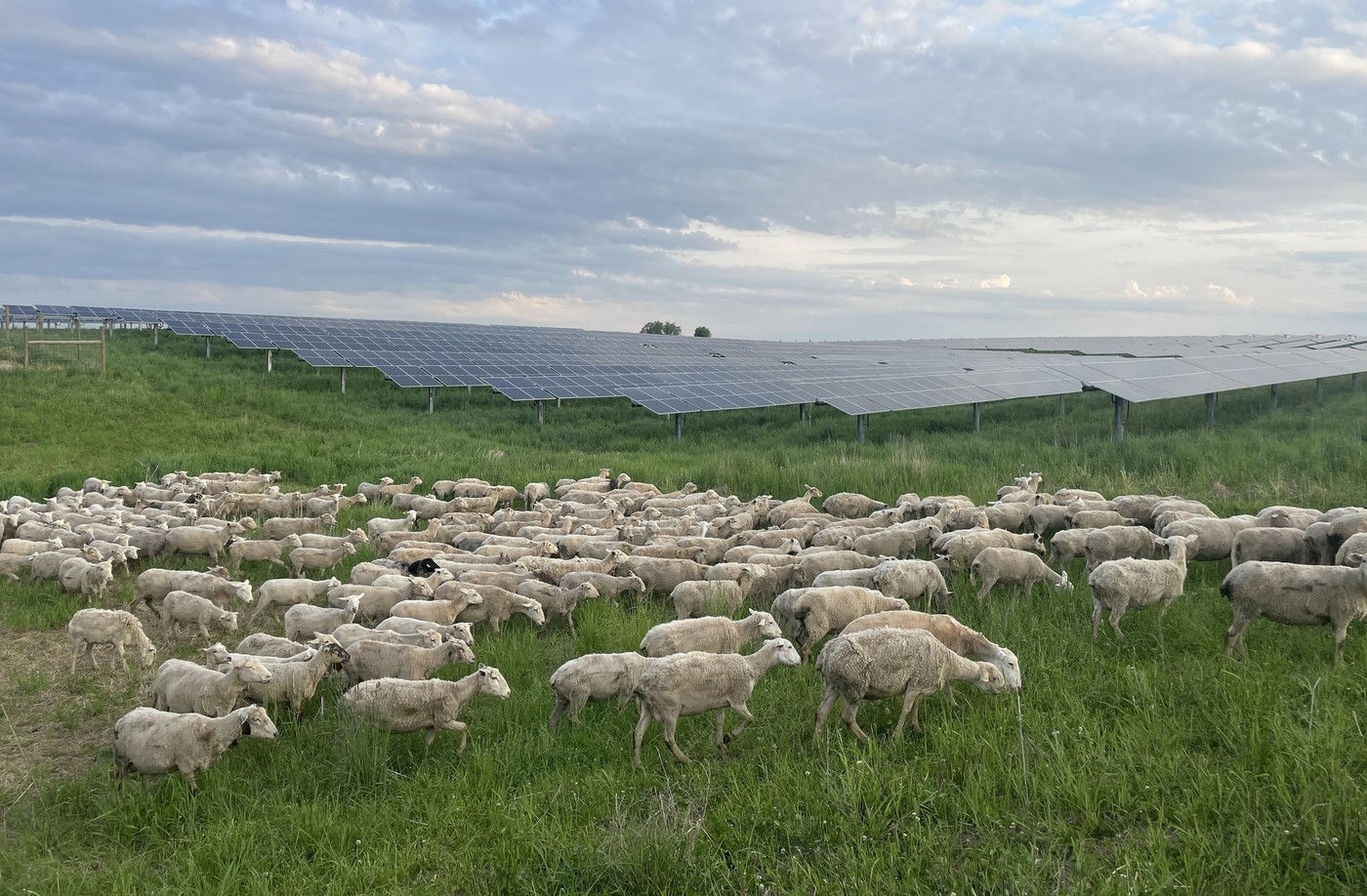
Conditional Use Permit & Zoning
The Six Mile Solar Project is located on land zoned for agricultural use. In order to be approved for construction, the project will receive a Conditional Use Permit (CUP) from the Village of Waunakee.
This permit will allow the Six Mile Solar project to be a "conditional use" of the land, given that the project follows the conditions imposed on it by the Village in the final CUP.
The zoning will remain agricultural for the lifetime of the project, since the change in land use is only temporary and only applies to this specific project. At the end of the project's useful life, the conditional use will no longer be needed and the land can be returned to agricultural use upon decommissioning of the project.
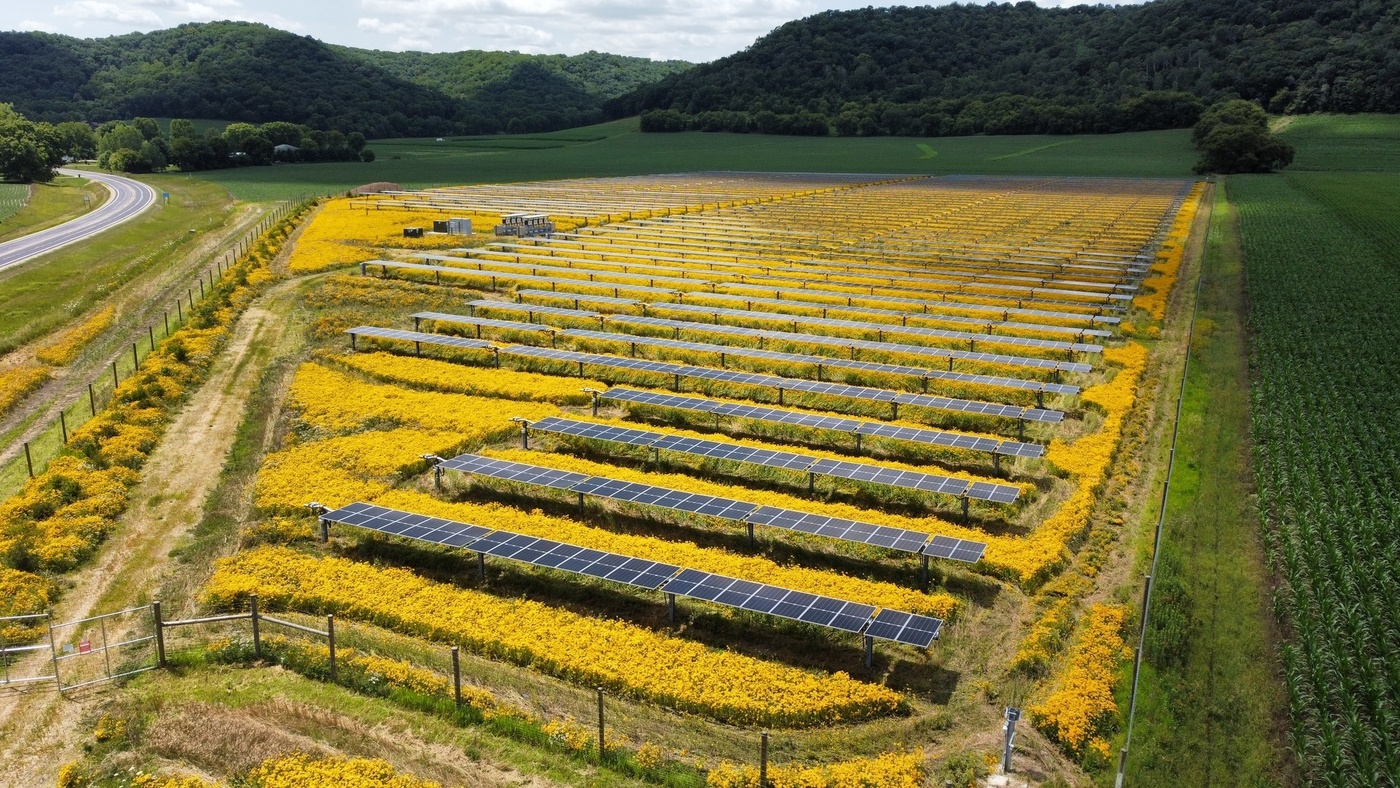
Land & Agriculture
The Six Mile Solar Project will be located on private land that is currently used for agriculture. The project will be planted with a pollinator prairie mix that includes a variety of native grasses, flowers, and forbs and designed in coordination with the Wisconsin DNR to offer maximum benefit to birds and pollinators.
With this land cover conversion, no tillage or soil disturbance will be required once the plantings are established. As a result, the deep roots of these prairie plants will help build soil structure, increase organic matter and water retention.

Public Benefit Corporation
OneEnergy is a registered Public Benefit Corporation; we operate in a sustainable and responsible manner throughout the entire project lifespan. Our developers, engineers, and construction teams value the impact our projects have in the community and have earned the reputation of being good neighbors.
OneEnergy is proud to work with local Wisconsin union contractors to construct our projects. Solar installer is one of the fastest jobs in the U.S. and is a family-supporting job. Wisconsin companies we have worked with in the past include Westphal & Co. (based in Madison), Pieper Power (based in New Berlin), and Arch Electric (based in Plymouth).
Six Mile Solar, like all of OneEnergy's solar projects, operate quietly, produce no pollution, have no impact on traffic, emit no odor, do not create glare, and are free of harmful chemicals or toxins. They are unmanned, secure facilities that require a few visits for mechanical and vegetation maintenance per year.
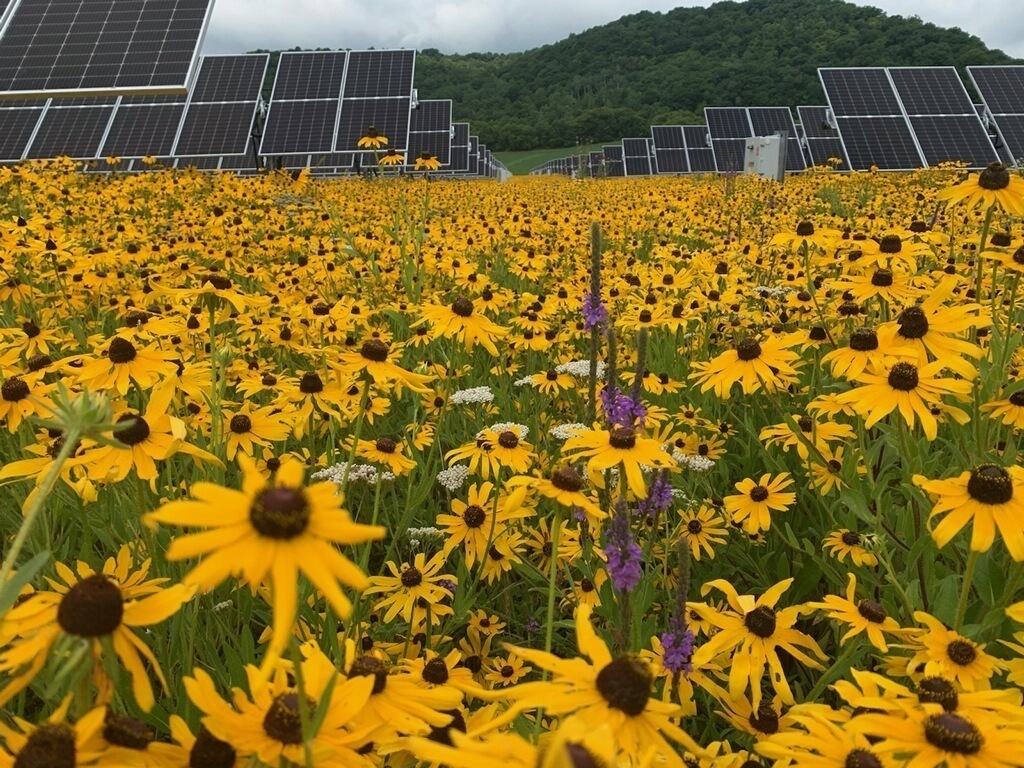
Wildlife
An Endangered Resources/Species review was conducted with the Wisconsin Department of Natural Resources (DNR) on the project site and no impacts are expected given the project’s location and the habitat currently available in the panel areas, which are currently farmed for row crops.
Six Mile Solar will consult with the Wisconsin DNR to ensure that the site offers the maximum potential benefit to wildlife and threatened and endangered species and creates the best possible habitat during project operations, including the Project's seed mix, vegetation management plan, fence details, and other project components and operations.
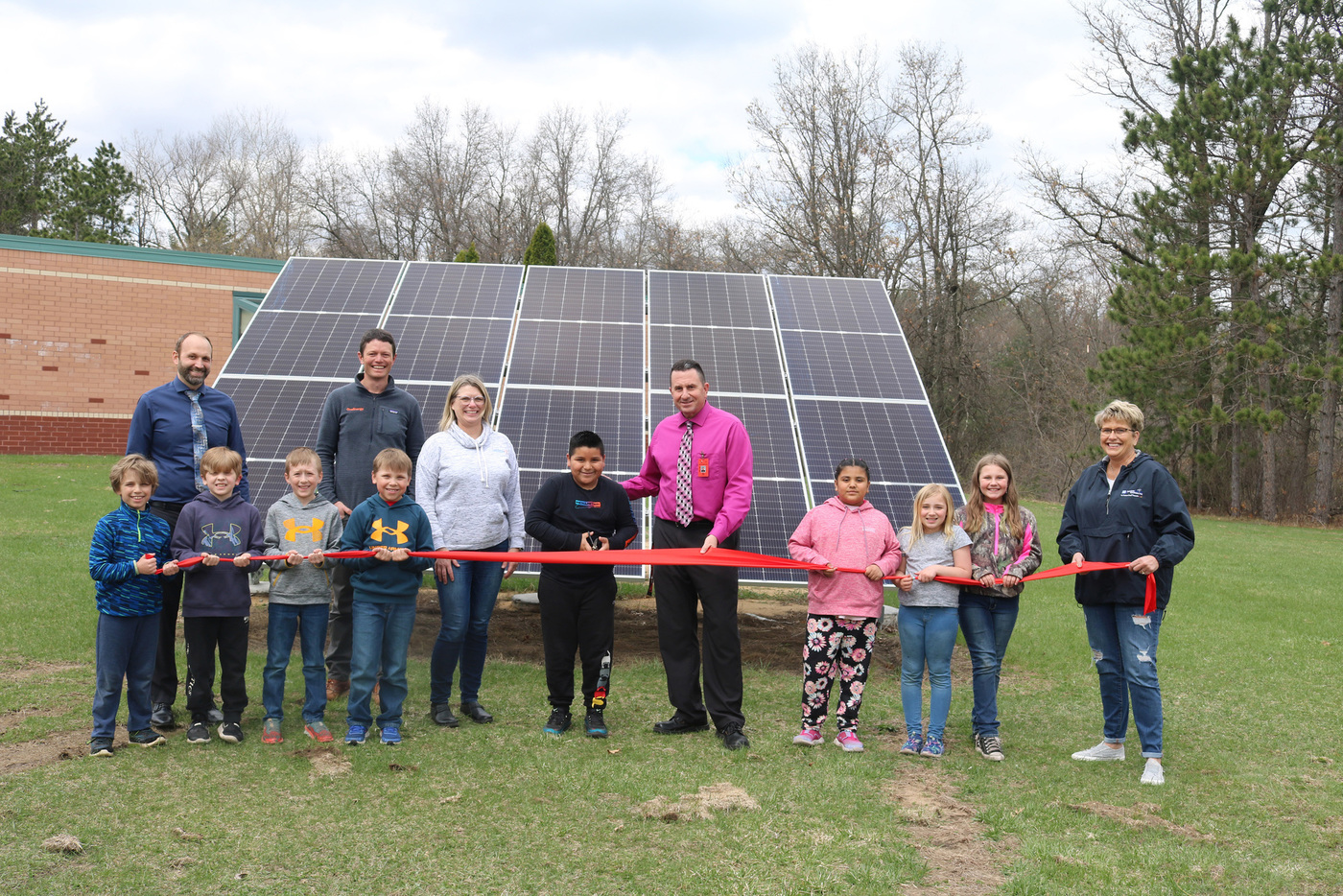
Community Benefits
In Wisconsin, solar farms pay annually into a utility aid fund which is shared with the local goverments where the solar farm is located. Under the revenue sharing formula currently in place, the Six Mile Solar project will contribute $17,000 to the Village of Waunakee and $13,000 to Dane County every year through utility aid payments as required by the State of Wisconsin.
OneEnergy started a school panel donation program to further connect with the communities we work with. OneEnergy offers a donation of solar panels and funding to assist with installation costs to a school located near our solar project, helping to lower their energy bills so they can spend the money on their actual work. This program furthers our goal of contributing to education of solar by providing educational opportunities for students in science and engineering, as well as the general public. Since 2020, OneEnergy has donated almost 200 solar panels to local school districts.
Wetlands, Stormwater, and Best Management Practices
A wetland delineation survey was conducted on the project area. Six Mile Solar is coordinating with the Wisconsin DNR and Army Corps of Engineers to obtain any necessary wetland disturbance permits.
To protect water quality during both construction and operation of the Project, Six Mile Solar will design the project to comply with all relevant and applicable standards and regulations for stormwater management, including those of the Wisconsin Department of Natural Resources (WDNR) and Dane County. Six Mile Solar plans to accomplish this compliance through employment of temporary and permanent Best Management Practices.
Best Management Practices include:
Preserving the existing vegetation.
Designing the project to be compatible with the existing topography, soils, and vegetation.
Scheduling grading and construction to minimize soil exposure.
Inspecting and maintaining control measures during construction.
Minimizing concentrated flows and diverting runoff away from exposed areas.
Minimizing slope grade and length.
Keeping runoff velocities low by using channel linings or temporary structures in drainage channels.
Preparing drainageways and outlets to handle concentrated or increased runoff.
Using flagged poles or stakes to mark storm drains, catch basins, curb inlets, and other BMPs.
Vegetating and mulching disturbed areas.
Restoration, Reclamation, and Revegetation
At the end of the project’s life, Six Mile Solar will be fully decommissioned and removed from the property, restoring the land to pre-construction, farmable condition.
